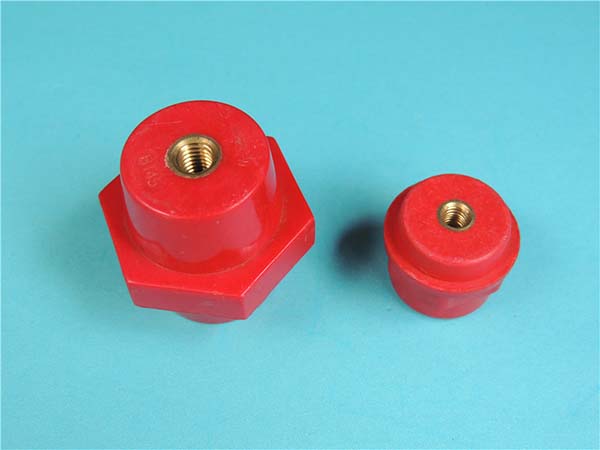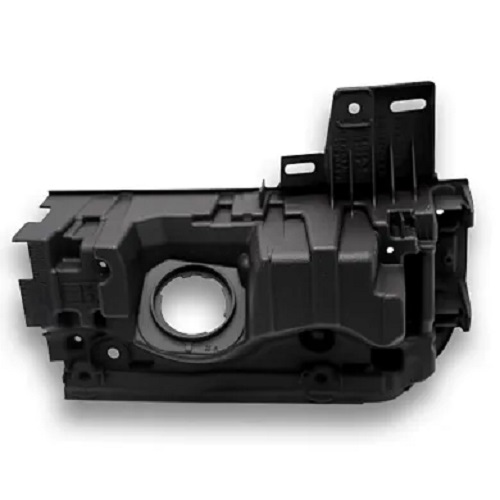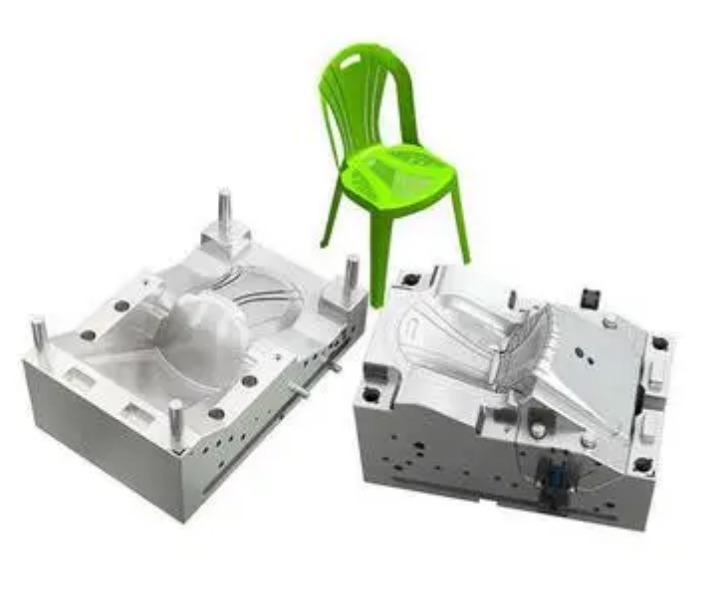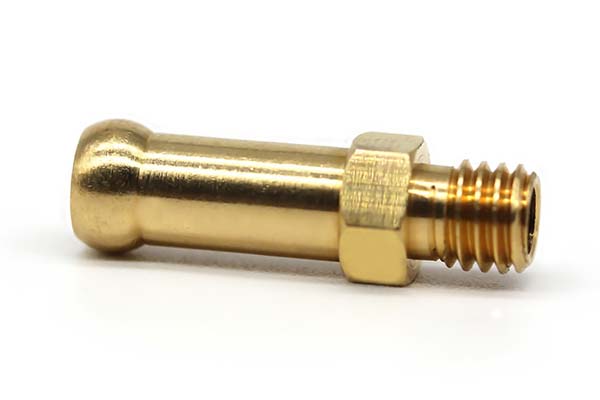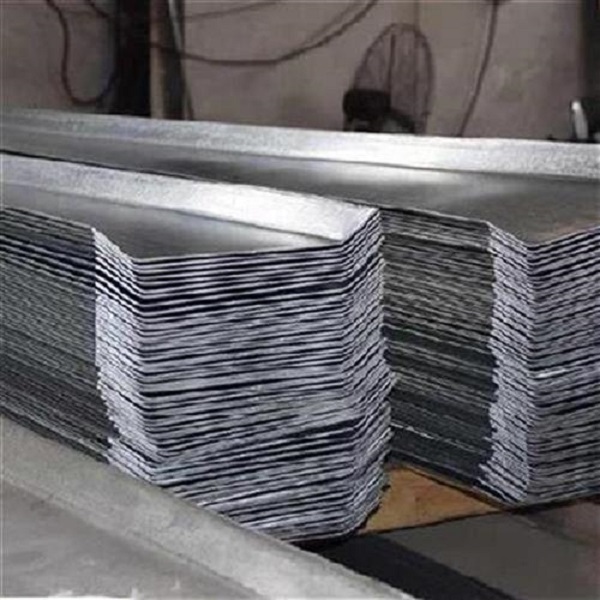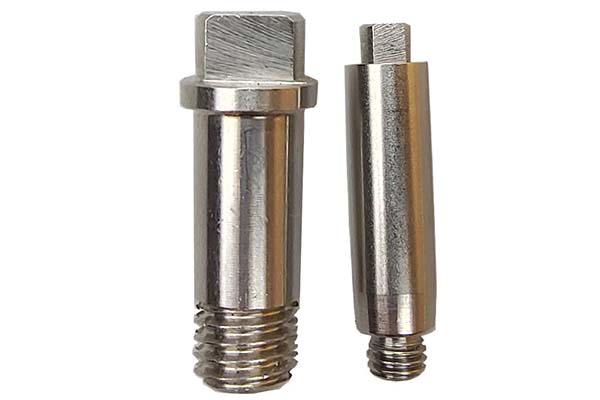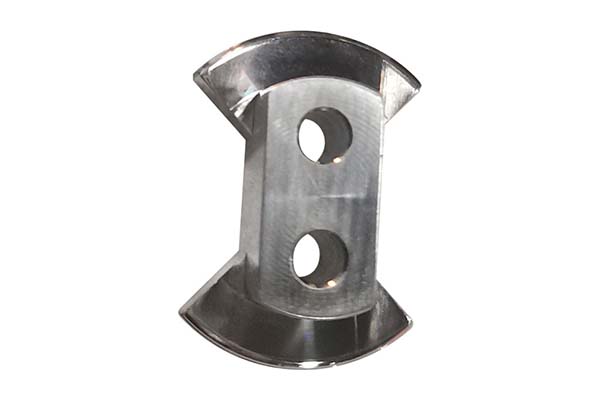Understanding Prototype and Production
Before delving into the differences and importance of prototype and production, it's crucial to understand what each term means.
Prototype
A prototype is an early sample or model built to test a concept, design, or process. It serves as a tangible representation of an idea, allowing designers, engineers, and stakeholders to evaluate its functionality, appearance, and user experience. Prototypes can be created at various levels of fidelity, from simple sketches and 3D - printed mock - ups to fully functional, high - fidelity replicas. For example, in the automotive industry, car manufacturers often create clay prototypes of new vehicle designs to visualize the shape and proportions before moving on to more detailed engineering prototypes.
Production
Production, on the other hand, is the process of manufacturing products on a large scale, based on the refined design and specifications developed during the prototype phase. It involves the use of production - level machinery, assembly lines, and quality control processes to ensure that each product meets the required standards. Once a product enters production, the focus shifts from design experimentation to efficiency, cost - effectiveness, and high - volume output. For instance, a smartphone production line can churn out thousands of devices per day, with each unit going through multiple quality checks to guarantee consistent performance.
Key Differences Between Prototype and Production
1. Purpose
The purpose of a prototype is mainly for testing and validating concepts. It allows teams to identify design flaws, improve functionality, and gather user feedback early in the product development cycle. For example, a software startup might create a prototype of their new app to test the user interface and user experience. This helps them make necessary adjustments before investing in full - scale development.
On the contrary, the purpose of production is to manufacture products in large quantities for the market. Once the prototype has been refined and all issues have been resolved, production focuses on meeting market demand efficiently. A clothing brand, after finalizing the design of a new line of T - shirts through prototypes, will start mass - production to distribute them to stores around the world.
2. Cost
Prototype development often incurs high costs. According to industry reports, the cost of creating a simple mechanical prototype can range from \(5,000 to \)20,000. This is because prototypes usually involve custom - made parts, specialized labor, and advanced manufacturing techniques such as 3D printing, which is more expensive per unit.
In production, due to economies of scale, the cost per unit decreases significantly. For instance, when a toy company starts producing a new action figure, the initial tooling cost for the molds might be high. But as they produce hundreds of thousands of units, the cost per action figure drops from an initial high of \(10 (including all development and small - batch production costs) to around \)3 in large - scale production.
3. Timeframe
Prototype development is relatively short - term. It can take anywhere from a few weeks to a few months, depending on the complexity of the product. A small - scale consumer electronics startup might be able to create a functional prototype of a new smartwatch in 2 - 3 months. This quick turnaround is crucial for getting early feedback and making rapid design changes.
Production, however, is a long - term process. It involves setting up manufacturing facilities, sourcing raw materials, establishing quality control processes, and continuous production runs. A large - scale automotive production plant may operate continuously for years, with a production cycle for each vehicle taking several hours to a day, depending on the complexity of the car model.
4. Material and Manufacturing Methods
| Category | Prototype | Production |
| Materials | Often uses rapid - prototyping materials like acrylonitrile butadiene styrene (ABS) for 3D printing. These materials are chosen for their ease of use and quick processing time. For example, ABS plastic is commonly used in early - stage product prototyping because it can be easily printed into complex shapes. | Utilizes materials that are more suitable for large - scale manufacturing and long - term use. In the production of smartphones, materials like aluminum alloy for the casing are preferred due to their durability, lightweight properties, and ability to be mass - produced through die - casting or extrusion processes. |
| Manufacturing Methods | Employs methods such as 3D printing, CNC (Computer Numerical Control) machining for small - scale and precise part production. These methods are flexible and can create complex geometries with high precision, but are not ideal for high - volume production. For example, a 3D - printed prototype can be made overnight for a design review. | Relies on high - volume manufacturing processes like injection molding for plastic parts, stamping for metal components, and automated assembly lines. Injection molding, for instance, can produce thousands of identical plastic parts in a short time, making it highly efficient for mass production of products like plastic toys or household items. |
The Process of Prototype and Production
Prototype Process
- Concept and Design
- First, the idea for a product is conceptualized. Designers use CAD (Computer - Aided Design) software to create 2D and 3D models. For example, if developing a new medical device, the design will consider factors like ergonomics for easy handling by medical staff, and the device's functionality, such as how it will interact with the human body.
- Material Selection for Prototype
- Based on the design requirements, appropriate materials for the prototype are chosen. As mentioned before, for a quick - turnaround prototype, 3D - printable materials like ABS plastic are often used. But if the prototype needs to simulate the mechanical properties of the final product, materials closer to the production - level materials may be selected, such as a more durable thermoplastic for a prototype of a power tool.
- Prototype Manufacturing
- 3D Printing: This is a popular method for creating prototypes. The 3D printer builds the prototype layer by layer according to the digital model. It can create complex geometries in a relatively short time. For instance, a small - scale jewelry startup can use 3D printing to quickly create prototype jewelry pieces for design evaluation.
- CNC Machining: For more precise prototypes, especially those with tight tolerances, CNC machining is used. It involves using computer - controlled machines to cut and shape materials like metal or plastic. A prototype of a high - end watch component may be made using CNC machining to ensure the accuracy of its intricate design.
- Testing and Iteration
- Functionality Testing: The prototype is tested to see if it functions as intended. In the case of a new mobile app prototype, usability testing is conducted with potential users. They are asked to perform tasks like signing up, navigating the app, and making purchases. Based on their feedback, the design team can identify issues such as a confusing user interface or slow - loading pages.
- Performance Testing: For physical products, performance testing is crucial. A prototype of a new electric vehicle will be tested for factors like battery life, acceleration, and top - speed. Based on the test results, the design may be iterated multiple times until the desired performance is achieved.
Production Process
- Raw Material Sourcing
- Once the prototype has been refined and approved, the production process begins with sourcing raw materials. A furniture manufacturer, for example, will source high - quality wood from sustainable forests. They need to ensure a stable supply of the right type of wood, such as oak for its durability and aesthetic appeal, while also considering cost - effectiveness.
- Tooling and Setup
- Specialized tools and equipment are prepared for production. In injection molding for plastic products, molds are created. These molds are designed to produce the exact shape and size of the final product. The cost of tooling can be significant, but it is essential for high - volume production. For example, a toy production company may invest a large amount in creating molds for a new line of action figures.
- Assembly
- In an assembly - line process, different components are brought together to form the final product. In a smartphone factory, components like the motherboard, screen, battery, and casing are assembled in a sequential manner. Each step of the assembly is carefully monitored to ensure proper alignment and connection of parts.
- Quality Control
- Quality control is a critical aspect of production. Products go through multiple inspections. In the production of clothing, for example, each garment is inspected for stitching quality, color fastness, and sizing accuracy. Random sampling is often done, and if a certain percentage of products fail the quality check, the entire production batch may be subject to further inspection or even rework.
- Packaging and Distribution
- Once the products pass the quality control stage, they are packaged. Packaging not only protects the product during transportation but also serves as a marketing tool. A cosmetic product may have an attractive and eco - friendly packaging design. After packaging, the products are distributed to warehouses, retailers, or directly to consumers, depending on the business model.
Yigu Technology's Perspective
As a non - standard plastic metal products custom supplier, Yigu Technology deeply understands the significance of both prototype and production. In the prototype stage, we focus on translating clients' unique ideas into tangible samples. By leveraging advanced 3D printing and CNC machining techniques, we ensure that every prototype accurately reflects the design concept, allowing clients to visualize and test their products.
During production, Yigu Technology emphasizes strict quality control. We source high - quality raw materials and utilize state - of - the - art manufacturing equipment to guarantee that each non - standard product meets the highest industry standards. Our efficient production process, combined with continuous monitoring, enables us to balance cost - effectiveness and product quality, ensuring timely delivery to meet clients' market demands. Whether it's a small - batch prototype or large - scale production, Yigu Technology is committed to providing top - notch solutions for non - standard plastic and metal products.
FAQs
1. What is the most crucial difference between prototype and production?
The most crucial difference lies in their purposes. A prototype is mainly for concept testing, identifying design flaws, and gathering user feedback. For example, a startup might build a prototype app to test user interface usability. Production, however, is focused on manufacturing products in large - quantities for the market. Once the prototype has been refined, production aims to meet market demand efficiently, like a car factory producing thousands of cars.
2. How can I reduce the cost of prototype development?
To reduce prototype development costs, you can optimize the design to simplify complex features. For instance, removing unnecessary functions can cut down on development time and material costs. Another way is to choose the right materials. Instead of high - end, expensive materials, select those that can meet the basic testing requirements, such as using common 3D - printing plastics for initial prototypes instead of more costly engineering plastics.
3. Why is prototype testing important before mass production?
Prototype testing is crucial before mass production because it helps to identify potential issues early. For example, in the development of a new electronic device, prototype testing can detect problems like overheating or short - circuits. By finding and fixing these issues during the prototype stage, you can avoid costly mistakes in mass production, such as having to recall products or re - tool production lines, which can save a significant amount of time and money.
